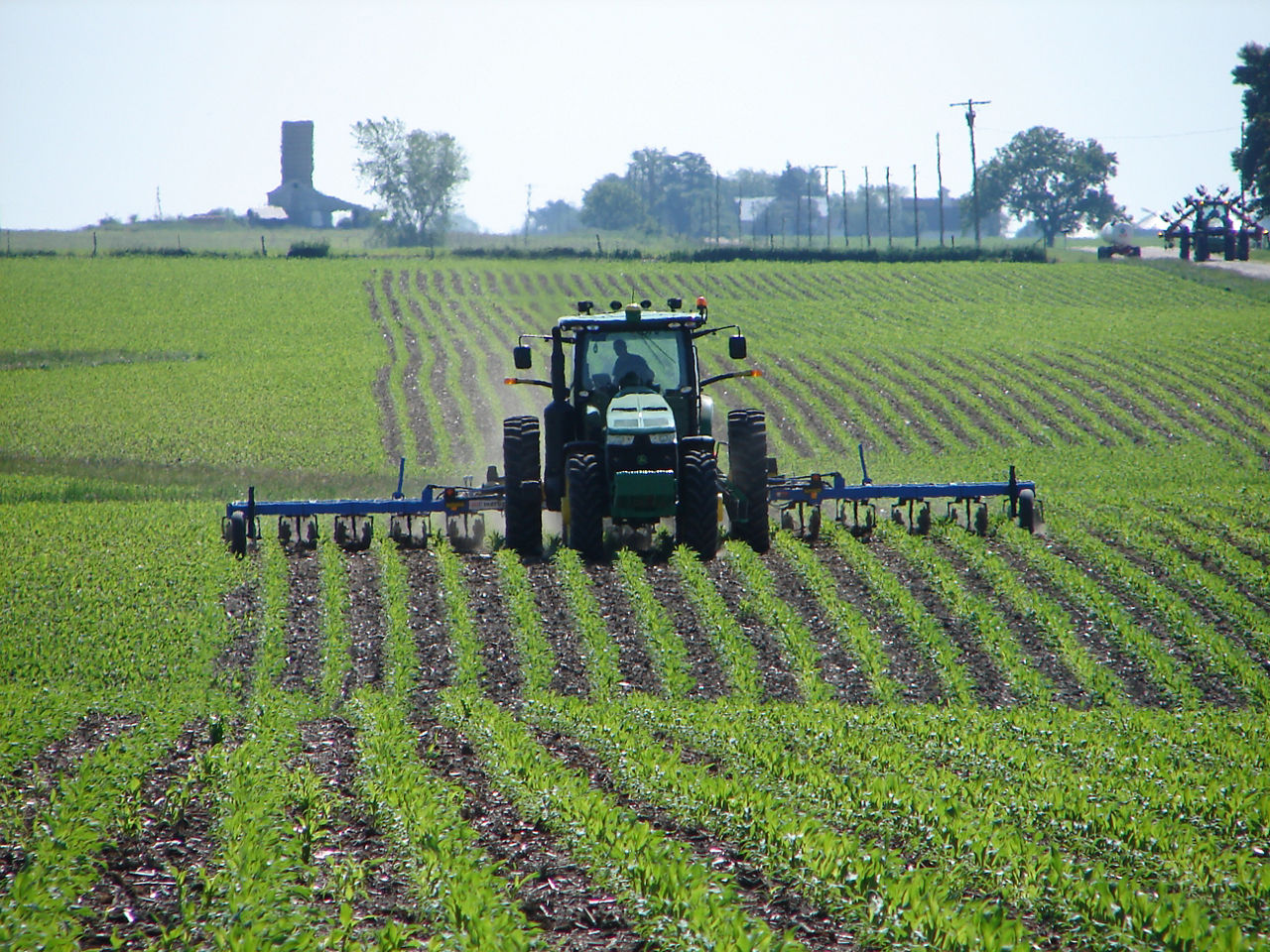3 MIN READ
Balancing Yield Goals and Input Costs
October 29, 2021
Farmers aim to achieve the highest potential yield at the best cost to achieve maximum profitability.
To help maximize profits, some farmers may consider cutting back on or completely cutting out some inputs altogether. These decisions should be calculatedand thought through completely.
Setting realistic yield goals based on calculated decisions and planning ahead, results in maximum profit potential.
As a farmer, the goal is to optimize profitability through the maximization of yield potential and cost control; however, this is often easier said, than done. This is particularly true when inputs costs are rising and the crop price is declining or expected to be lower at harvest.

Setting Yield Goals 1,2
Realistic yield goals can help the producer achieve the greatest difference between the value of the crop and the cost of producing the crop. Recognize that exceptionally good years are the exception and not the rule. Disregard yields from years where weather related disasters resulted in very poor yields. Keep records for each field as an individual unit. Set your goals 5 to 10 percent above your average yield of the past five years. Utilize field mapping technology to aid in goal setting.
There are a few different approaches to use when determining your yield goals:
Using previous year’s production. This is a good tactic when a field has been used for several years, particularly when field maps are available for previous years.
Maximum yield approach. This approach is based only on inputs and management skills. Little, if any, consideration is given to soil potential and variations. This approach can be risky as it doesn’t consider the costs of inputs needed to reach that goal or past yields achieved.
Soil productivity approach. This approach focuses on soil productivity potential, available water, subsoil moisture, and management skills.
Consider Your Inputs3
Inputs include labor, crop protection products like herbicide and fungicides, equipment, seed, and energy. Most farm inputs are purchased, making production costs susceptible to non-farm economic conditions. When input prices are low, farmers should attempt to maximize production to reduce the per unit cost of production, with the goal of covering variable costs and as much of the fixed costs as possible. Production inputs are usually known allowing farmers to plan ahead. Knowing in advance can allow farmers to purchase in advance at reduced prices in areas like the cost of land, fertilizer, and seed.
Several Land-Grant Universities have developed spreadsheets that can assist in developing crop budgets for several crops. For example Iowa State University site for 2021 budgets, Establishing Realistic Yield Goals, North Carolina State University's site, Enterprise Budgets, and South Dakota State University's site, Crop Budgets.
To help maximize profit potential, some farmers may consider cutting back on or completely cutting out some inputs altogether. These decisions should be calculated, thought through completely, and be based on past experiences, not emotional. For example, use extreme caution when cutting back on inputs like fertilizers. Farmers need to ensure that the farm fertility is properly maintained to provide good yields and root structures that support healthy stands and reduce erosion. Cutting back too much on fertilizer inputs not only lessens the chance of having a good yield year in the coming season, but also in future years. Weed management is becoming a larger driver for input costs as weed resistance to herbicides becoming more common. Developing a weed management plan and sticking to it for the entire farm may result in higher input costs, but it may also be in the best interest for long-term profitability. Crop rotation may also help reduce input costs by reducing some fertilizer and farm chemical costs as well as seed costs. Taking the time to set realistic yield goals based on calculated decisions and planning ahead can result in the maximum return on investment and profitably.
Sources
1 Miller, A.G. 2000. Establishing realistic yield goals. Agronomy Pm-1268. University of Iowa Extension. https://store.extension.iastate.edu/product/Establishing-Realistic-Yield-Goals
2 Shober, A. and Taylor, R. 2015. Estimating yield goal for crops. University of Delaware Extension. https://www.udel.edu/academics/colleges/canr/cooperative-extension/fact-sheets/estimating-yield-goal-crops/
3 2015. It’s not just about costs per acre, even in tight times. Purdue University Extension. https://ag.purdue.edu/commercialag/home/resource/2015/04/its-not-just-about-costs-per-acre-even-in-tight-times/
1017_S7